The Hawaiian Islands are the most geographically isolated place in the world. With more than 2,500 miles of ocean separating these islands from any continental landmass, you’re bound to come across things in Hawai‘i that are utterly unique. From the terrain, to the plants and animals, to the culture, there’s nothing quite like Hawaii. Here’s just a few of the things that you can only experience here in the Aloha State.
See the Only Royal Palace in the USA
‘Iolani Palace, O‘ahu
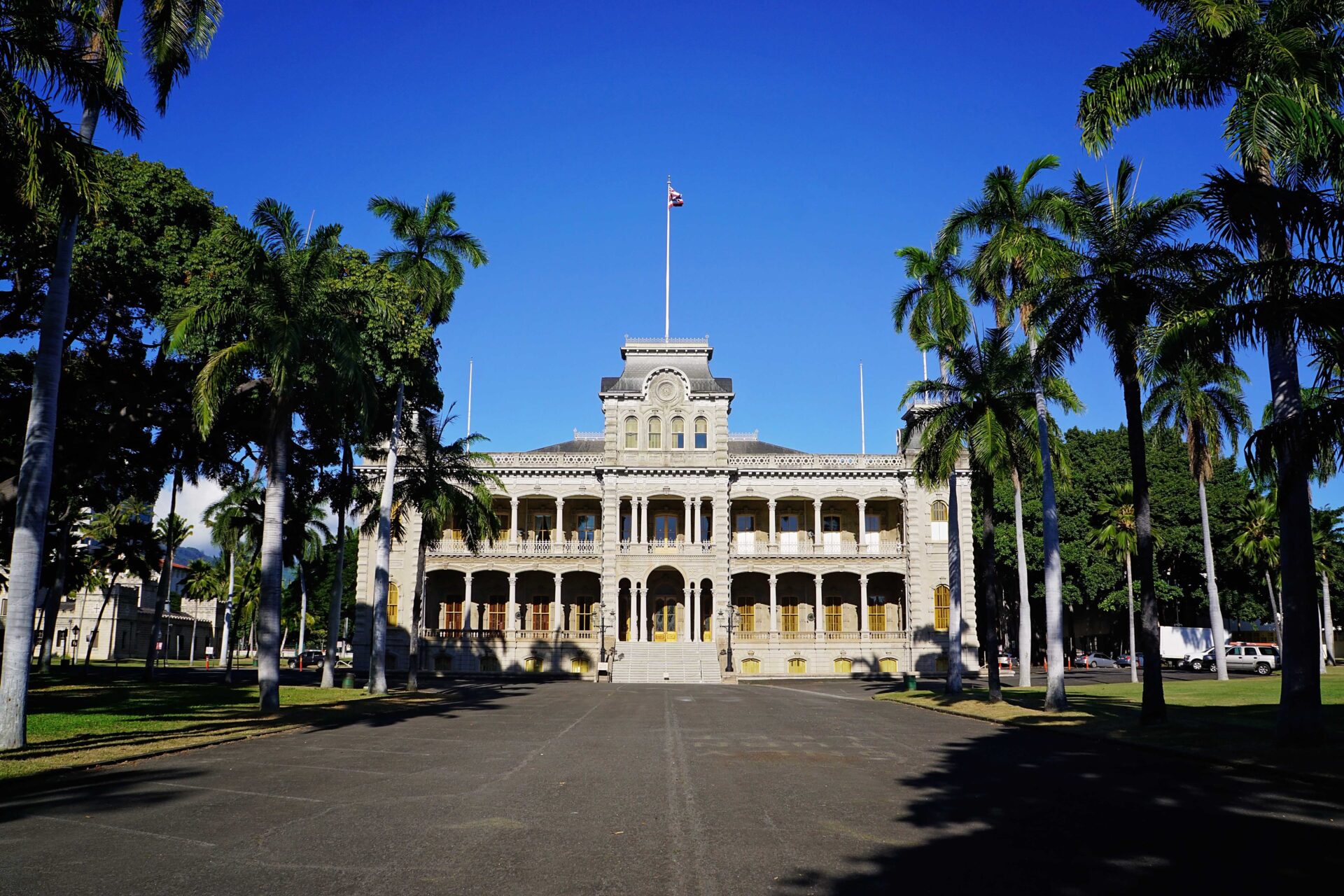 The United States has been a republic since it broke from England, so we don’t really have any examples of royal palaces—except for ‘Iolani. These islands were a kingdom from 1795 until 1893, and in 1879 Hawai‘i’s last king, David Kalakaua, ordered this palace to be built to show all the world that Hawai‘i had a monarchy just as grand as any other. There are many historic buildings downtown, but ‘Iolani Palace is the finest of them all. The palace, which was completed in 1882, features a number of innovations, including indoor plumbing, an early telephone, and it even had electric lights. (This was before the White House had electricity.) There’s a grand staircase, a throne room that was used for throwing fancy balls, an elegant dining room, music room, and the king’s personal study.
The United States has been a republic since it broke from England, so we don’t really have any examples of royal palaces—except for ‘Iolani. These islands were a kingdom from 1795 until 1893, and in 1879 Hawai‘i’s last king, David Kalakaua, ordered this palace to be built to show all the world that Hawai‘i had a monarchy just as grand as any other. There are many historic buildings downtown, but ‘Iolani Palace is the finest of them all. The palace, which was completed in 1882, features a number of innovations, including indoor plumbing, an early telephone, and it even had electric lights. (This was before the White House had electricity.) There’s a grand staircase, a throne room that was used for throwing fancy balls, an elegant dining room, music room, and the king’s personal study.
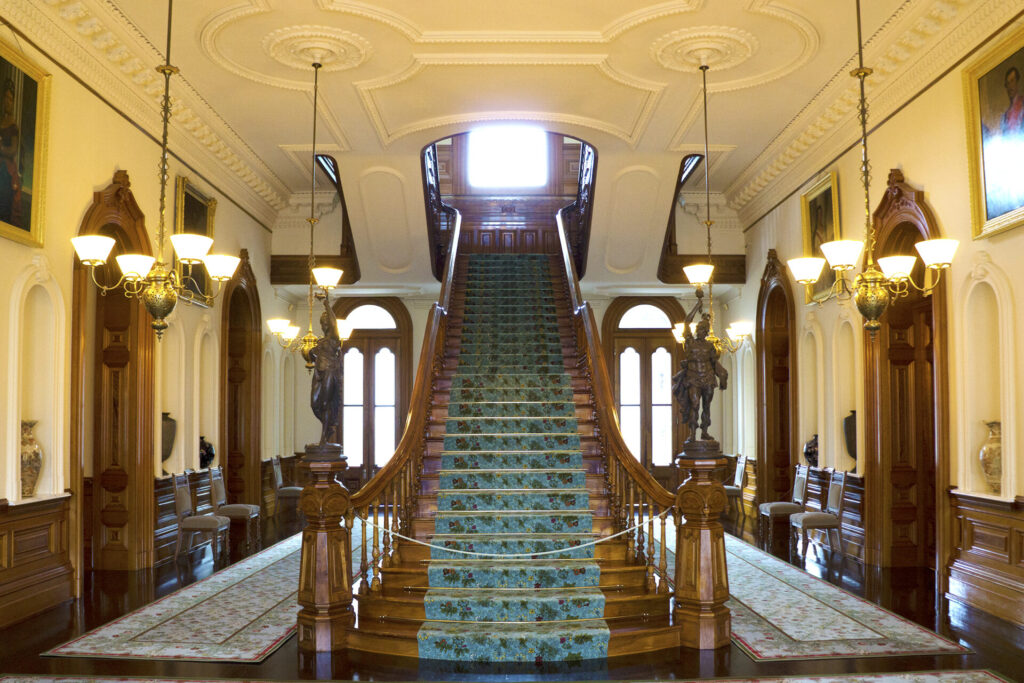
You can wander around the grounds outside for free or pay for a tour of the inside. They will make you wear covers over your shoes to protect the wood floor, so maybe stick to some comfy close-toed shoes. They offer a variety specialty tours—check their website for more info.
Be sure to check out the basement, it’s filled with artifacts and historical pictures than help put events in context. (It’s fascinating to see the inner workings of the palace as it would’ve been, and members of the royal court in European dress, festooned with medals and sashes and cords.) The medals (also on display) were given to Kalakaua by foreign heads of state trying to curry his favor in order to gain access to Hawai‘i’s strategic ports—a subtle reminder that the history of monarchies everywhere, even in Hawai‘i, is the story of powerful ruling families vying with other powerful ruling families to maintain their power.
Visit the World’s Most Active Volcano
Hawai‘i Volcanoes National Park, Hawai‘i (Big Island)
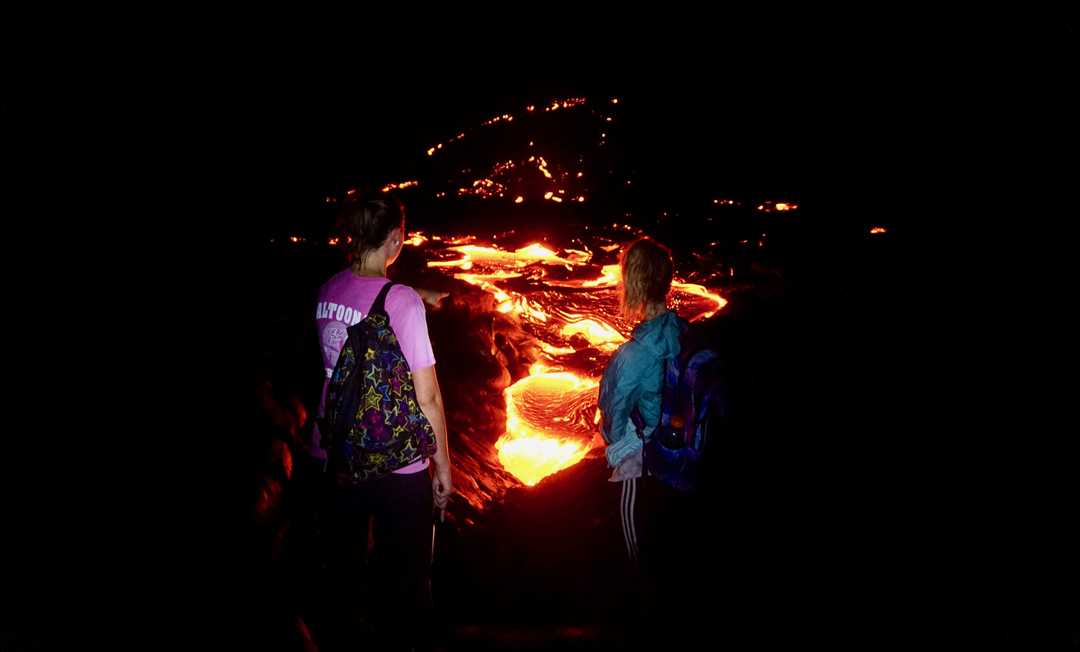
Despite being situated atop an active volcano, this park is very well run. (It was closed and heavily damaged by relentless earthquakes in the summer of 2018, but we were mighty impressed when they reopened their doors a month after the flows were over.) Much of the staff are friendly and professional. (We’ve seen other parks where the staff can be real curmudgeons.) The rangers are pretty good at letting you see the action close up. We’ve been there when they lead people across smoldering lava, the heat coming up through their shoes. They will only keep you away if they truly perceive danger, unlike some other parks where they sometimes keep you away from imaginary dangers on orders from the lawyers. Because of this, you should take their cautions seriously. If they say you can’t go to a certain area because they expect a lava bench might collapse, don’t go there. At least one person has died because he didn’t heed this warning. (The ocean drops quickly off the coast of the park, and new lava land is usually destined to break off when it reaches a critical mass.) If rangers say an area is off limits because of the dangers of methane explosions, believe it.
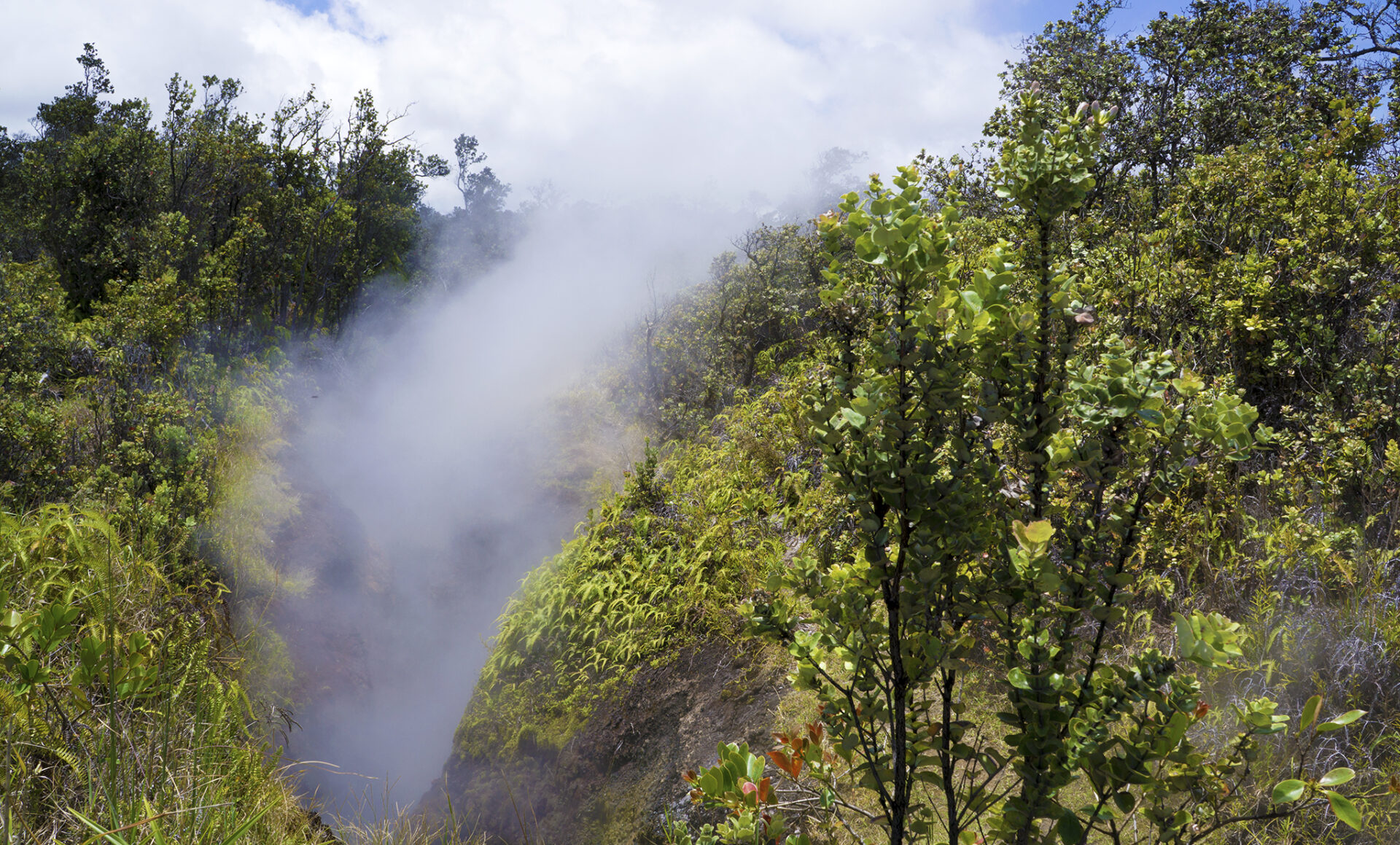 Methane from plant matter in older flows can heat up when a new flow covers it. This usually escapes by hissing or by small pops, but sometimes it can be more dramatic. We were there once with many other visitors when a large methane explosion occurred 25 feet from us. It was powerful enough to rip through 12-inch thick lava, pieces of which jumped into the air. Under certain circumstances, these explosions occur 100 yards in advance of a lava flow. And remember, if there are currently no accessible surface flows, don’t despair. The volcano area is eminently fascinating and exciting, with or without surface flows, and is always worth at least a day of exploration.
Methane from plant matter in older flows can heat up when a new flow covers it. This usually escapes by hissing or by small pops, but sometimes it can be more dramatic. We were there once with many other visitors when a large methane explosion occurred 25 feet from us. It was powerful enough to rip through 12-inch thick lava, pieces of which jumped into the air. Under certain circumstances, these explosions occur 100 yards in advance of a lava flow. And remember, if there are currently no accessible surface flows, don’t despair. The volcano area is eminently fascinating and exciting, with or without surface flows, and is always worth at least a day of exploration.
Land Tours
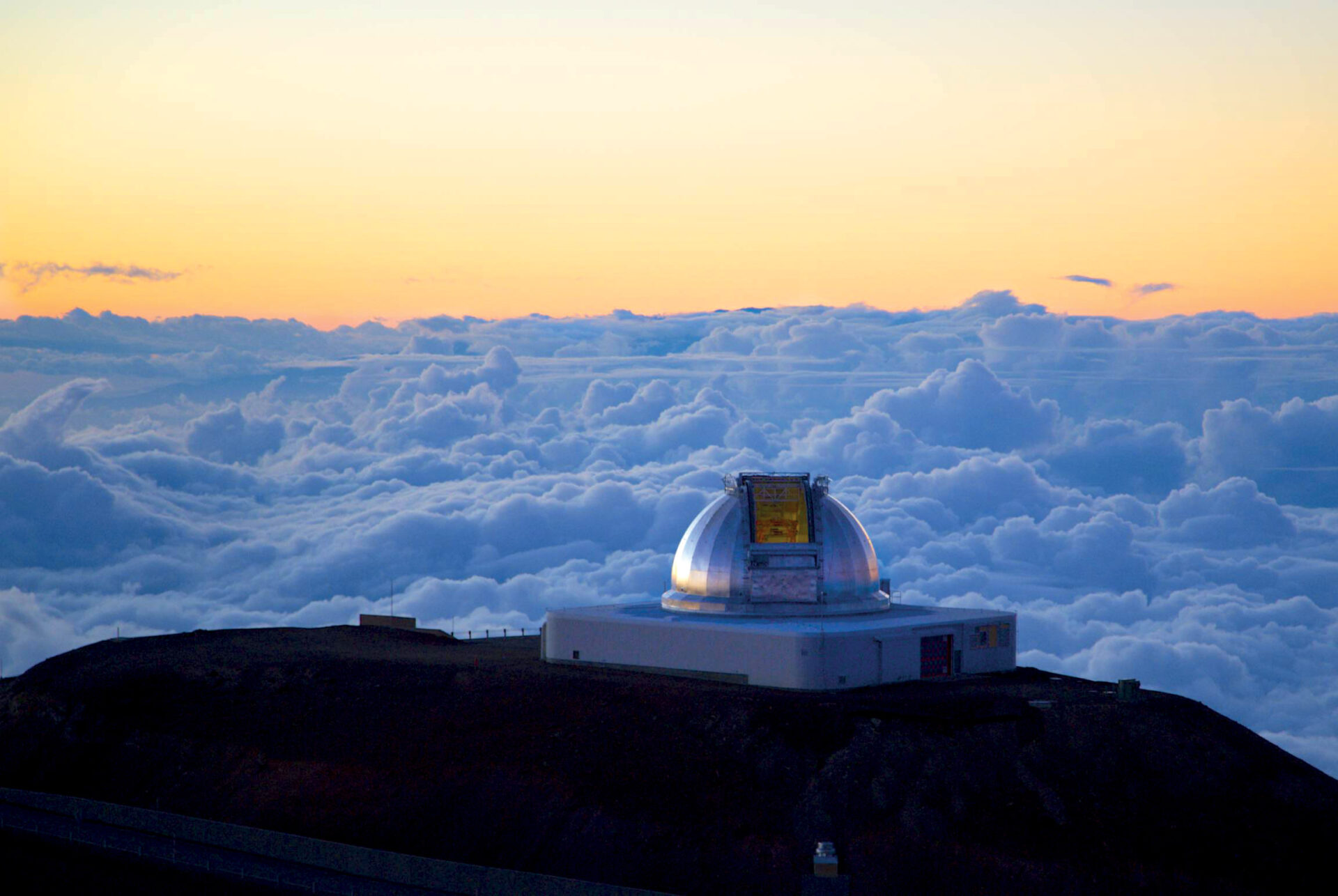
Hawaii Forest and Trail: Mauna Kea Summit and Stars
If you want a a luxurious option for stargazing on Mauna Kea without the hassle of driving, consider Hawai‘i Forest & Trail. They offer a 7.5-hour tour plus a catered dinner at a historic sheep-shearing station, a sunset visit to the summit, and stargazing with their telescope at the visitor center, complete with hot chocolate and cookies.
Experience the Road to Hana
The Hana Highway, Maui
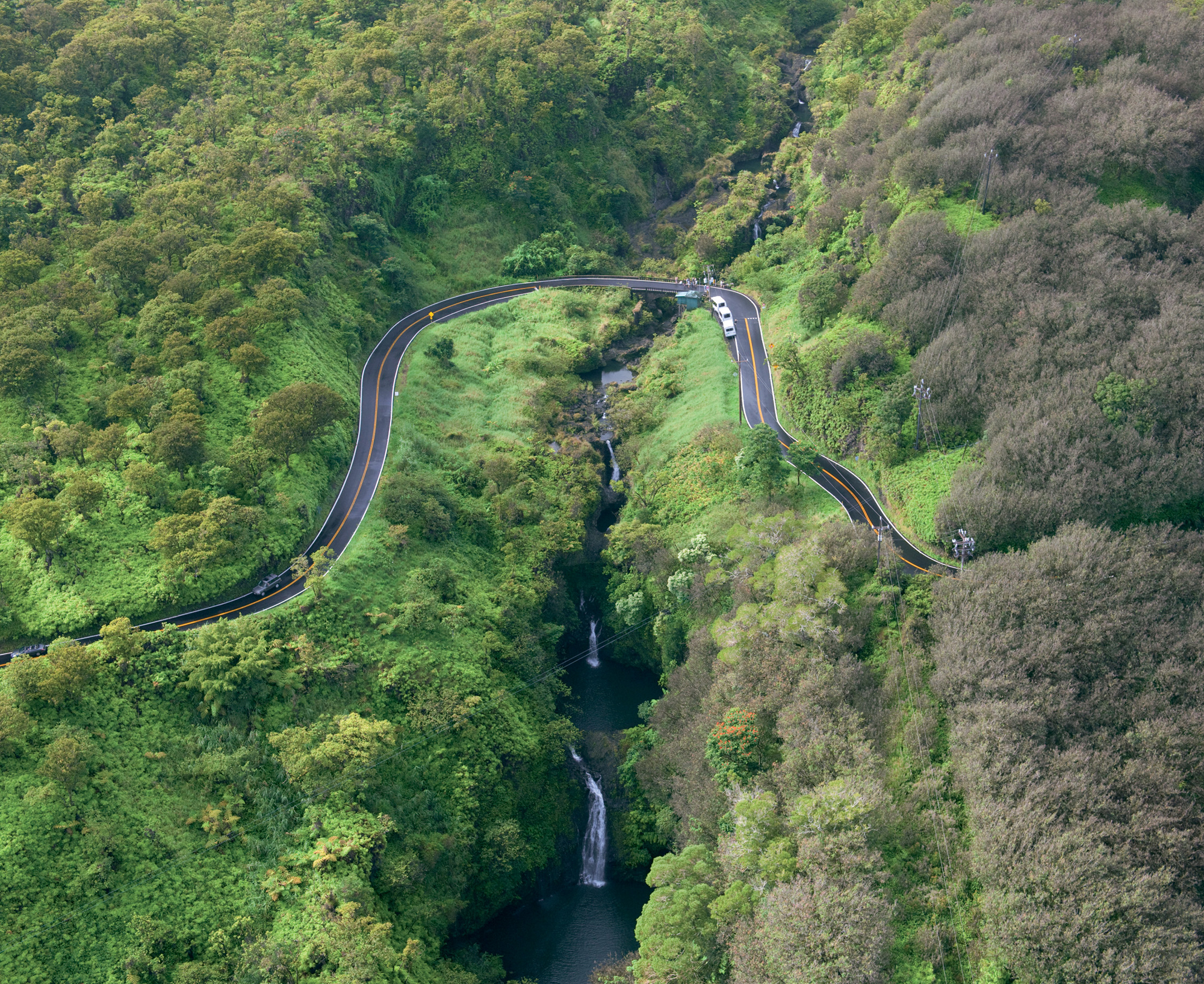 The road to Hana is without question the most famous and desired drive in all Hawai‘i, the crown jewel of driving. It’s been compared to driving through the garden of Eden: a slow, winding road through a lush paradise that you always knew existed—somewhere. Many of the communities along this stretch of east Maui still practice traditional farming and are very passionate about preserving the look, feel and character of the area. Traveling the road to Hana is like taking a step back in time.
The road to Hana is without question the most famous and desired drive in all Hawai‘i, the crown jewel of driving. It’s been compared to driving through the garden of Eden: a slow, winding road through a lush paradise that you always knew existed—somewhere. Many of the communities along this stretch of east Maui still practice traditional farming and are very passionate about preserving the look, feel and character of the area. Traveling the road to Hana is like taking a step back in time.
If you’re in a hurry to get to Hana, you’re missing the point. Unless you’re staying the night in Hana, you probably won’t spend much time there. You’re heading somewhere else. (Those who spend the night in Hana will have more time to sample its delights.) At the risk of sounding like a fortune cookie, fulfillment lies in the journey, not the destination. The whole reason to drive this route is to see the Hawai‘i of your dreams, the tropical fantasy that becomes reality along the way. This is a drive through wonderland, and the only thing at the end—is the end of your discovery. As you drive, don’t feel the need to hurry up to get “there,” because you may find that there is no there there.
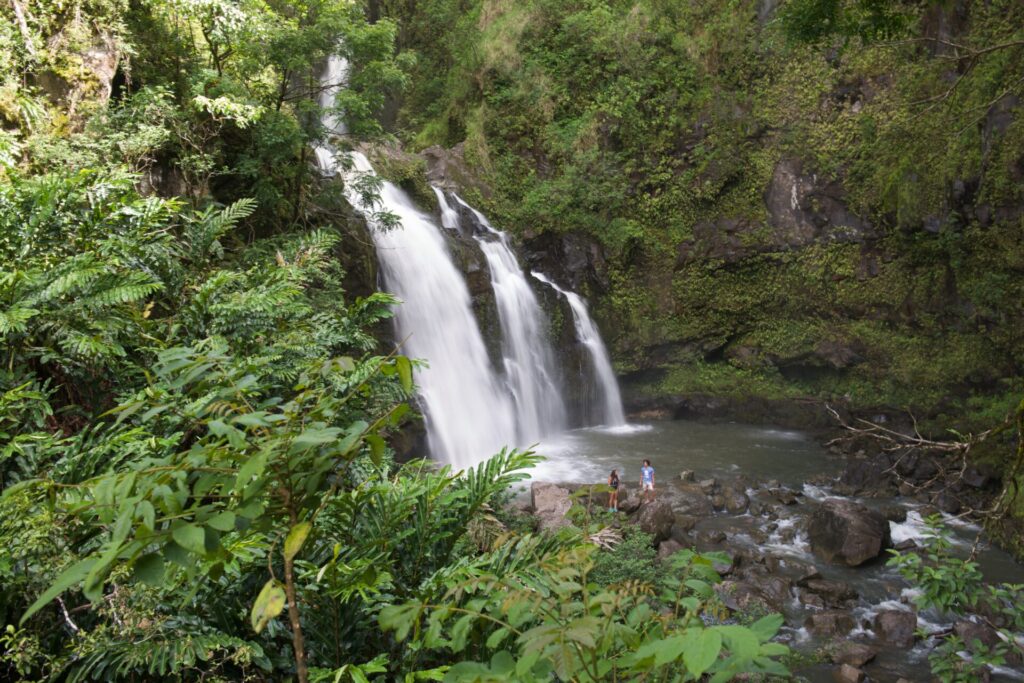 The road to Hana is two lanes with lots of one-lane bridges. Tourist literature says there are 600 turns, though I don’t know exactly how they classify a turn since the road is never straight. (Your steering wheel certainly changes direction more than that.) Whether you find the Hana Highway wild or tame depends on your experience. We’ve noticed that people who have lived most of their lives in flat areas—where a straight line really is the closest distance between two points and you can always see what’s a mile in front of you—find the constant winding road and blind turns unnerving. Those of us who grew up with crooked roads find it a joy. We once met some visitors from the midwest who were highly adventurous. They skydived, flew ultralights and thought nothing about jumping off the 60-foot bridge over ‘Ohe‘o Gulch into the water. But they refused to drive the Hana Highway again because it “made us nervous.” Ironically, they were traveling with timid couch potatoes who grew up in Northern California and loved the “relaxing feel” of the highway. So I guess it depends on what you’re used to.
The road to Hana is two lanes with lots of one-lane bridges. Tourist literature says there are 600 turns, though I don’t know exactly how they classify a turn since the road is never straight. (Your steering wheel certainly changes direction more than that.) Whether you find the Hana Highway wild or tame depends on your experience. We’ve noticed that people who have lived most of their lives in flat areas—where a straight line really is the closest distance between two points and you can always see what’s a mile in front of you—find the constant winding road and blind turns unnerving. Those of us who grew up with crooked roads find it a joy. We once met some visitors from the midwest who were highly adventurous. They skydived, flew ultralights and thought nothing about jumping off the 60-foot bridge over ‘Ohe‘o Gulch into the water. But they refused to drive the Hana Highway again because it “made us nervous.” Ironically, they were traveling with timid couch potatoes who grew up in Northern California and loved the “relaxing feel” of the highway. So I guess it depends on what you’re used to.
“The Grand Canyon of the Pacific”
Waimea Canyon, Kaua‘i
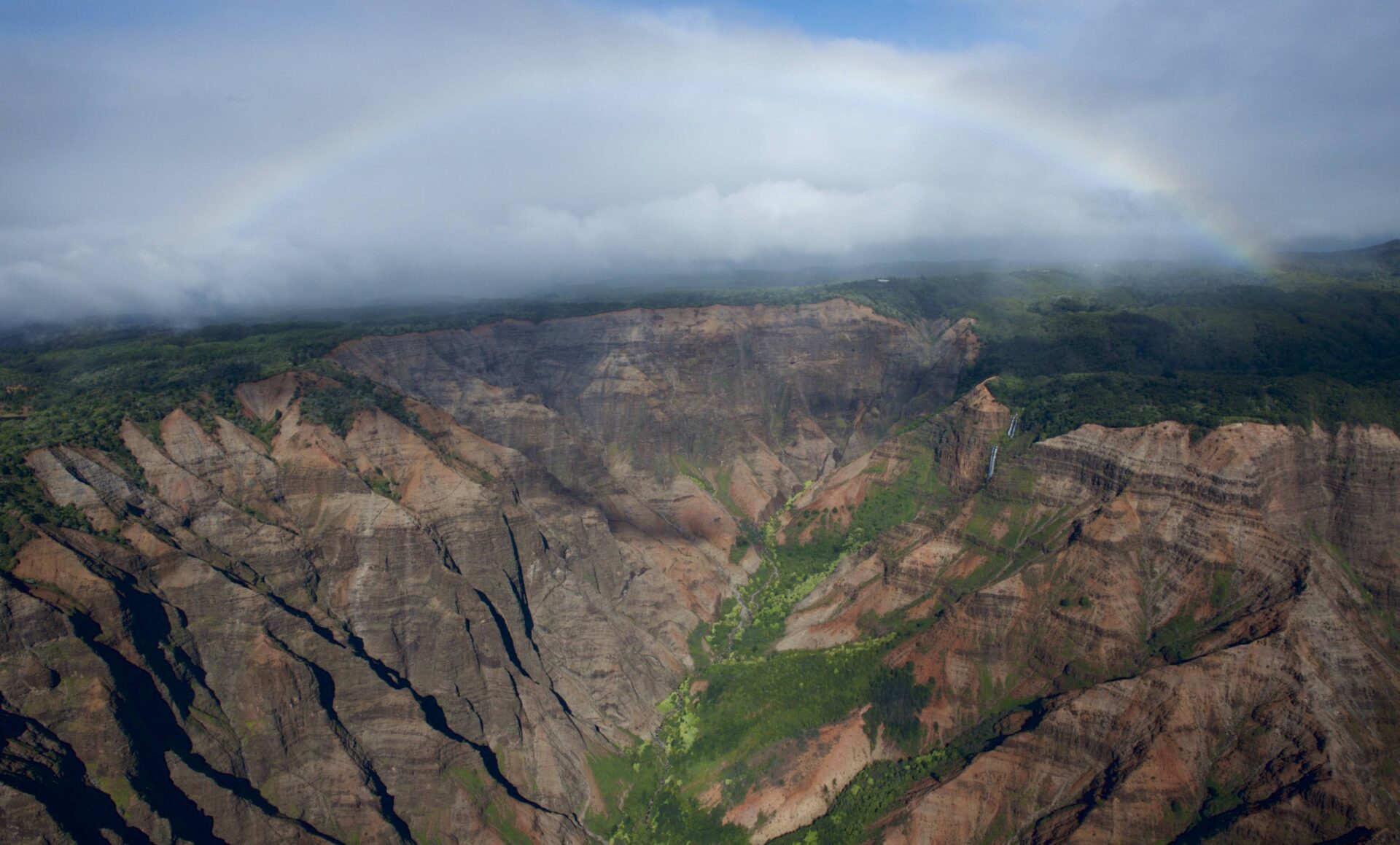 Waimea Canyon is a spectacular gorge that defies description. Island legend states that when Mark Twain was here, he dubbed it “the Grand Canyon of the Pacific.” (Unfortunately, when you read his biography, you find that when he visited Hawai‘i, he never set foot on Kaua‘i. Oops, there goes another urban legend.) Regardless, the layers evident on the sides of the canyon are reminiscent of the grander canyon in Arizona. Each layer represents a different eruption and subsequent lava flow. The canyon is 10-miles long, 1-mile wide and more than 3,600 feet deep.
Waimea Canyon is a spectacular gorge that defies description. Island legend states that when Mark Twain was here, he dubbed it “the Grand Canyon of the Pacific.” (Unfortunately, when you read his biography, you find that when he visited Hawai‘i, he never set foot on Kaua‘i. Oops, there goes another urban legend.) Regardless, the layers evident on the sides of the canyon are reminiscent of the grander canyon in Arizona. Each layer represents a different eruption and subsequent lava flow. The canyon is 10-miles long, 1-mile wide and more than 3,600 feet deep.
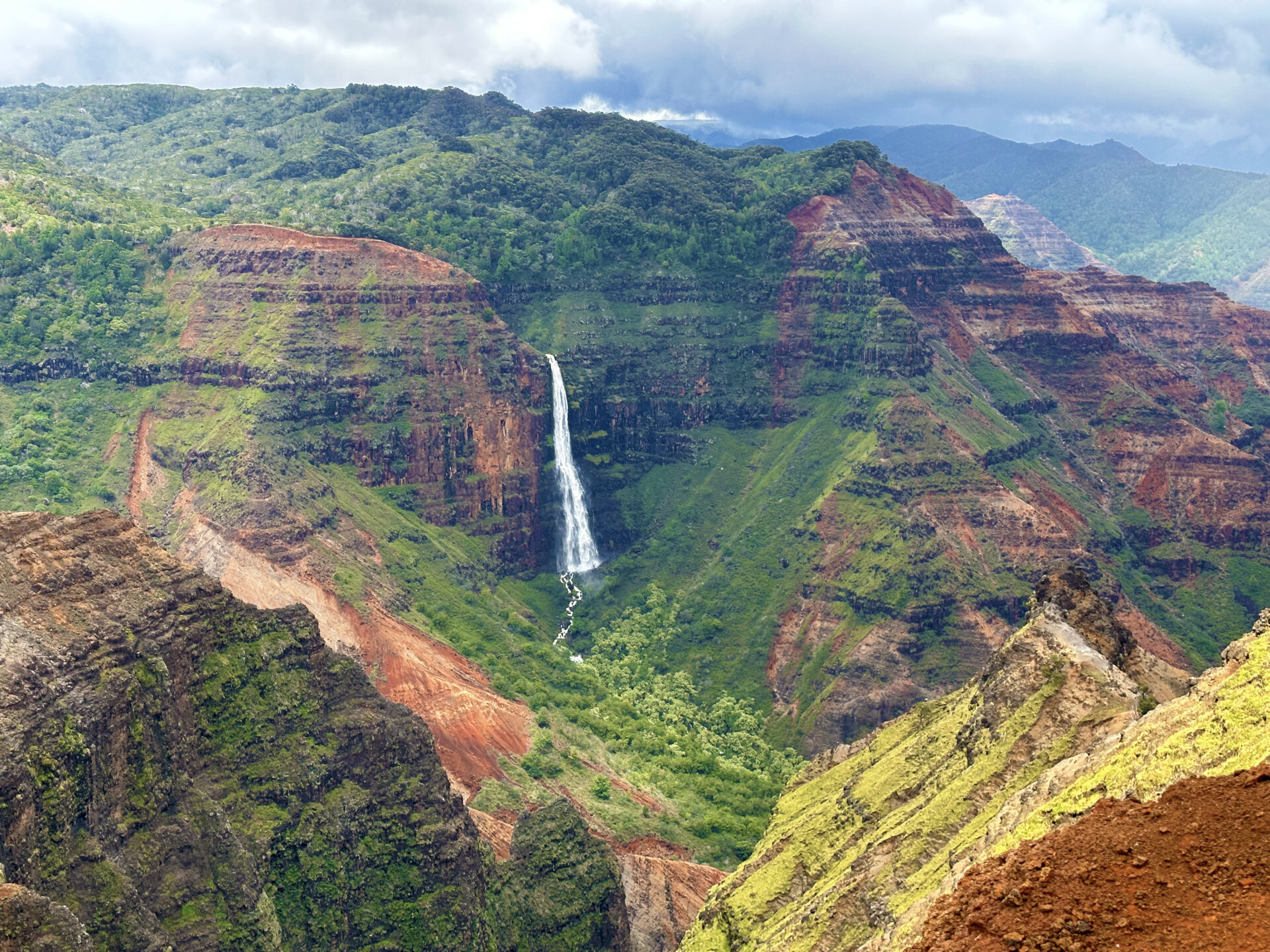 The Waimea Canyon Lookout is an awesome vista. At one time three rivers, fed from the island’s center by the Alaka‘i Swamp on Mt. Wai‘ale‘ale, all ran down the gently sloping shield volcano, emptying into the ocean at separate points like the spokes of a wheel. That’s what created the now-dry valleys you see on your way out to Polihale. When a fault caused the collapse of part of the volcano’s flank, the three rivers were forced to combine as they ran down into the fault. This new, opportunistic river carved a place for itself in the splintered and fractured lava flows. The results are extraordinary.
The Waimea Canyon Lookout is an awesome vista. At one time three rivers, fed from the island’s center by the Alaka‘i Swamp on Mt. Wai‘ale‘ale, all ran down the gently sloping shield volcano, emptying into the ocean at separate points like the spokes of a wheel. That’s what created the now-dry valleys you see on your way out to Polihale. When a fault caused the collapse of part of the volcano’s flank, the three rivers were forced to combine as they ran down into the fault. This new, opportunistic river carved a place for itself in the splintered and fractured lava flows. The results are extraordinary.
Experience the Hawaiian Culture
All Islands
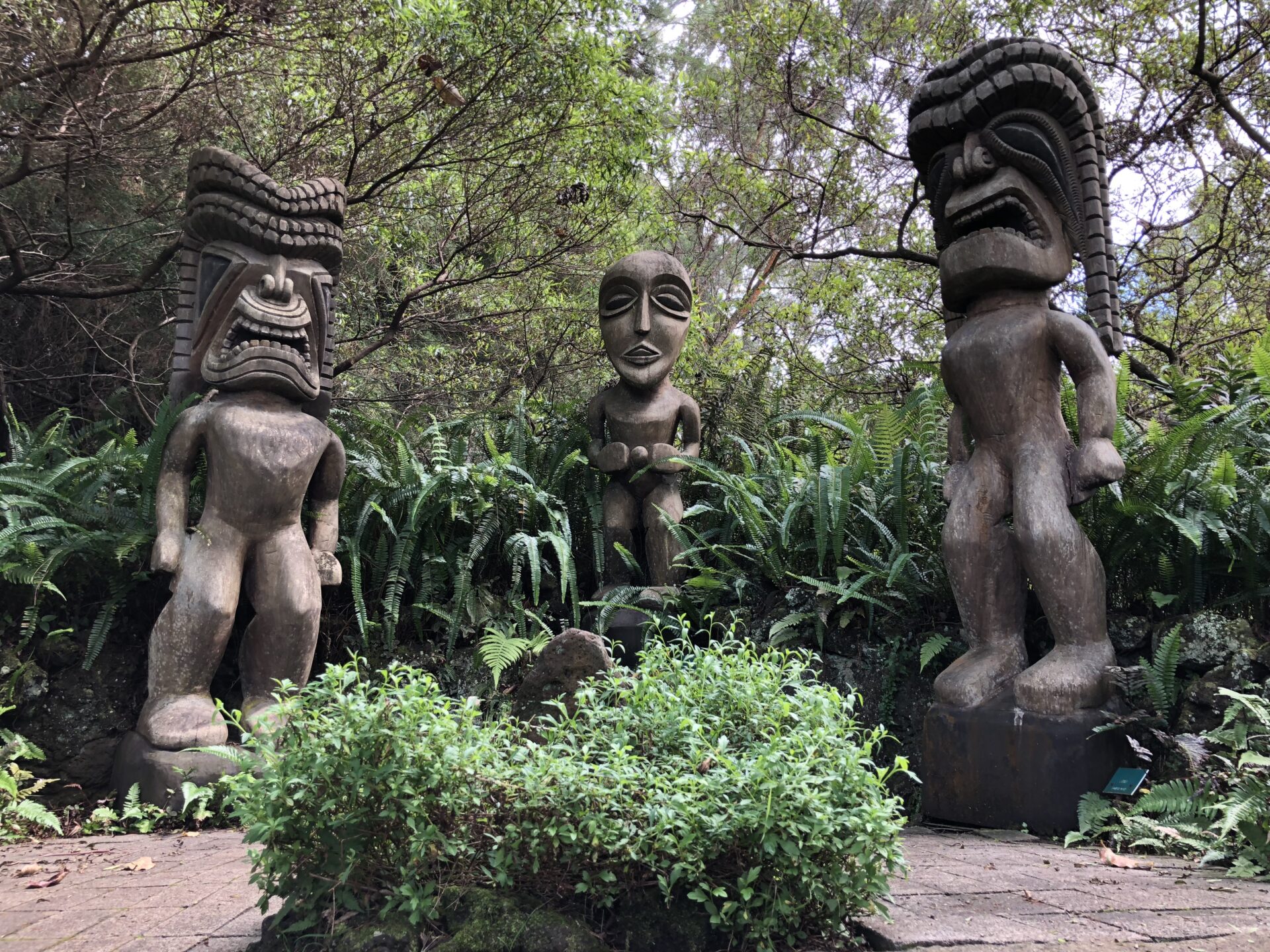 Lastly, the most unique thing to be found in Hawai‘i is its culture. It’s easy to get swept up in the natural beauty of the islands, but it is its people that make Hawai‘i the amazing place that it is. The concept of Aloha is paradoxically both complex and simple—it’s more than a greeting or expression of love. It is a mindset. The concept of Pono, or to mindfully take actions that are just and compassionate, is also an integral part of that. The best way to get to know these things is to experience them first hand. When visiting Hawai‘i, take the time to visit a museum, watch a traditional hula demonstration, listen to a live performance of Hawaiian music, support local businesses and try the amazing cuisine. Practice being grateful, humble and trying new experiences.
Lastly, the most unique thing to be found in Hawai‘i is its culture. It’s easy to get swept up in the natural beauty of the islands, but it is its people that make Hawai‘i the amazing place that it is. The concept of Aloha is paradoxically both complex and simple—it’s more than a greeting or expression of love. It is a mindset. The concept of Pono, or to mindfully take actions that are just and compassionate, is also an integral part of that. The best way to get to know these things is to experience them first hand. When visiting Hawai‘i, take the time to visit a museum, watch a traditional hula demonstration, listen to a live performance of Hawaiian music, support local businesses and try the amazing cuisine. Practice being grateful, humble and trying new experiences.
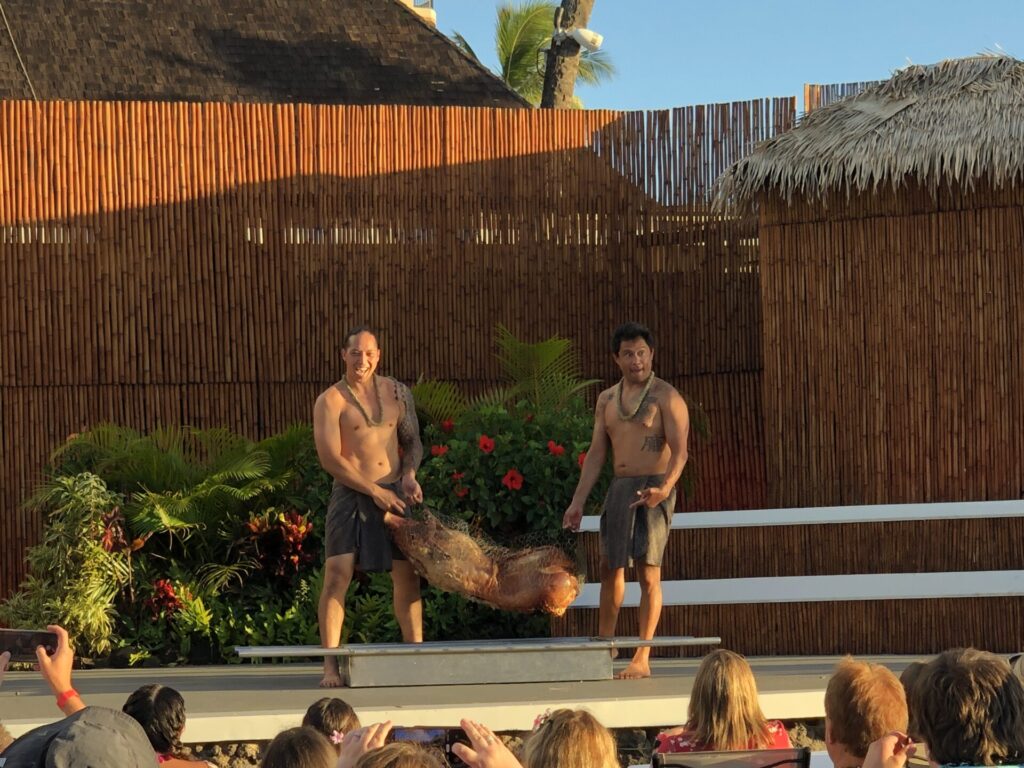
The Aloha Spirit is real and (as cheesy as it may sound) it may be the most valuable export the state has. Learning to care for and respect the land, ocean and the people around you is perhaps the greatest souvenir you can bring home. Hawai‘i today is once again seeking guidance from its heritage. The echoes of the past seem to be getting louder with time, rather than diminishing. Interest in the Hawaiian language and culture is at a level not seen in many decades. As a result, you will be exposed to a more “Hawaiian” Hawai‘i than those who might have visited the state a generation or two ago. This is an interesting time in Hawai‘i. Enjoy it as observers, and savor the flavor of the islands.
Whether you’re visiting Hawai‘i for the first time or are a regular island hopper, having a trusted guide can mean the difference between a good trip and an amazing one. We’ve been writing guides to Hawai‘i and beyond for over 30 years, living the experiences we recommend as well as the ones we think should be avoided. From guidebooks, to digital guides and GPS driving tours, we’ve got you covered. Our believable guides will help you have unbelievable vacations.

0 Comments